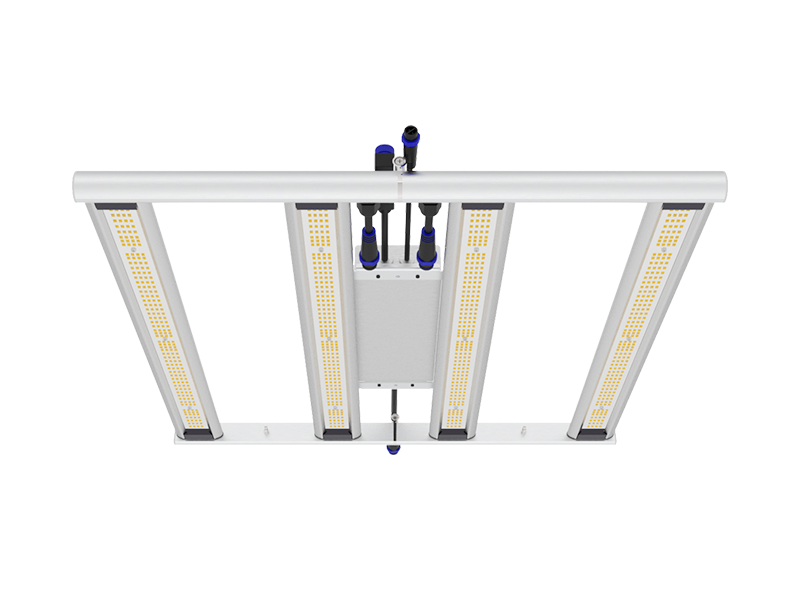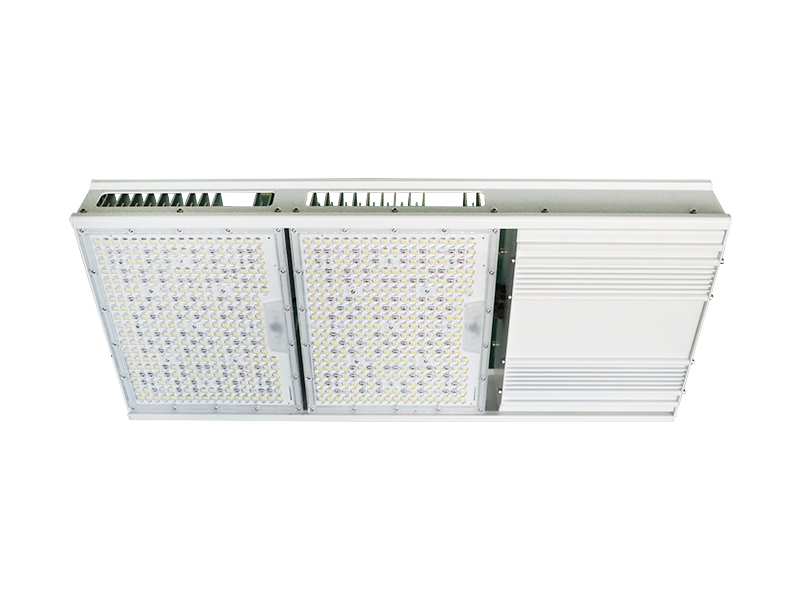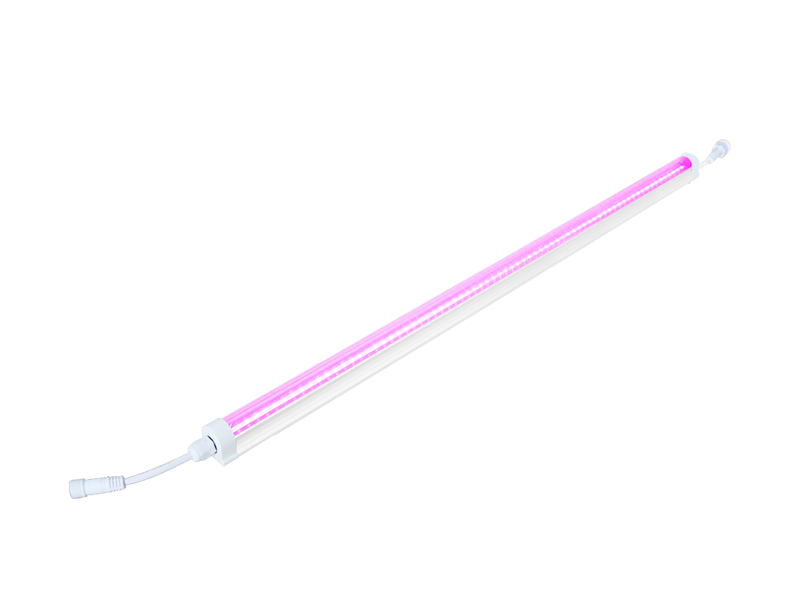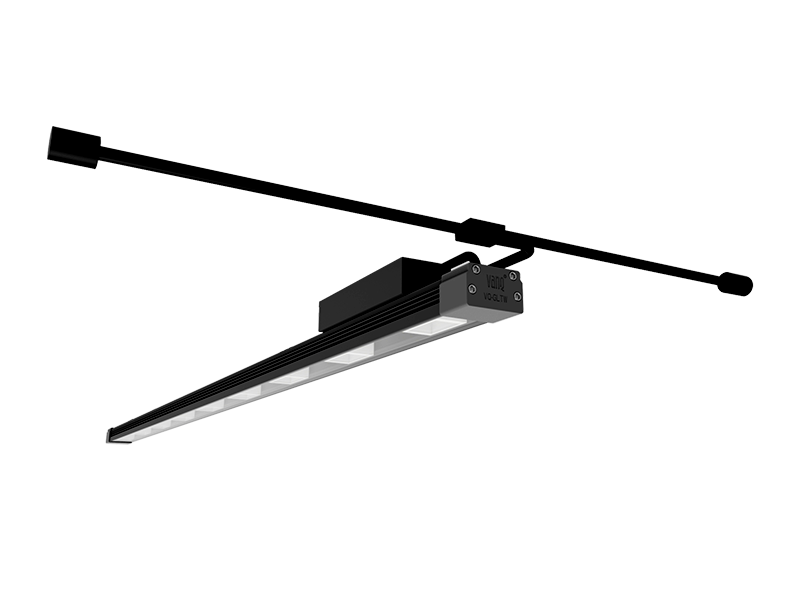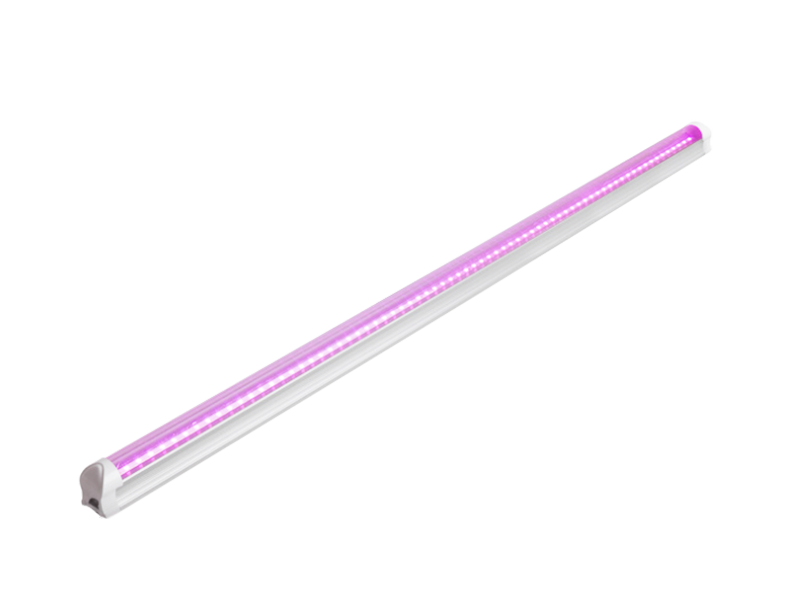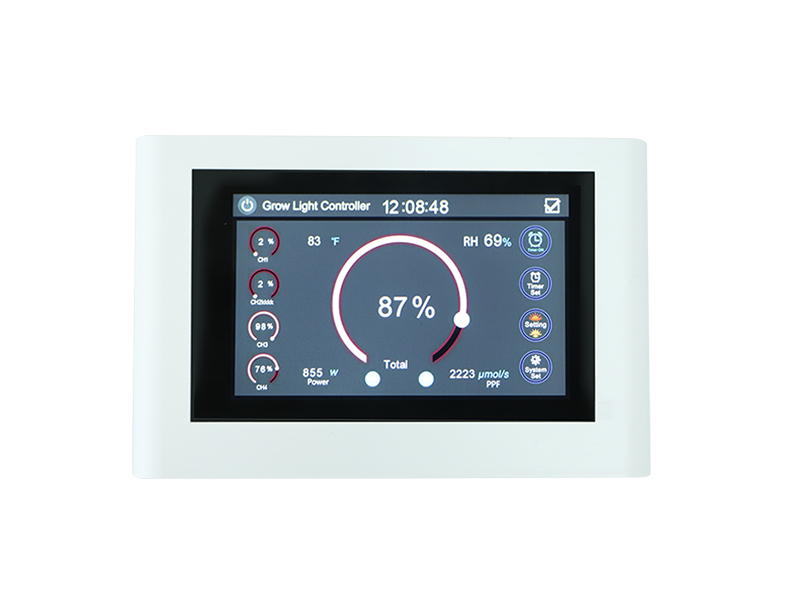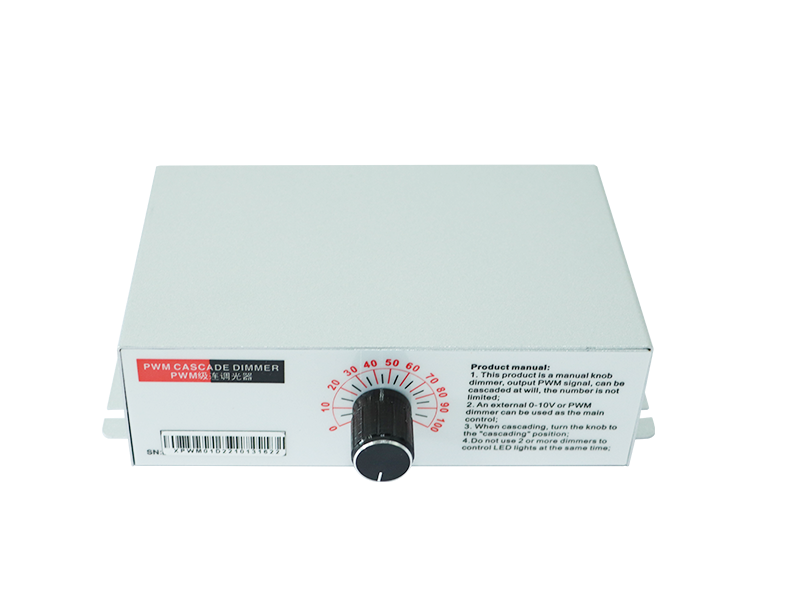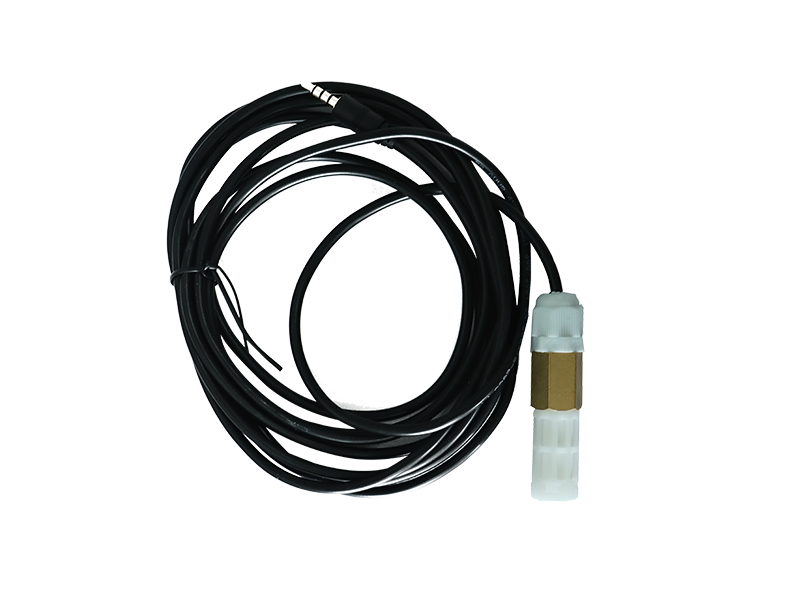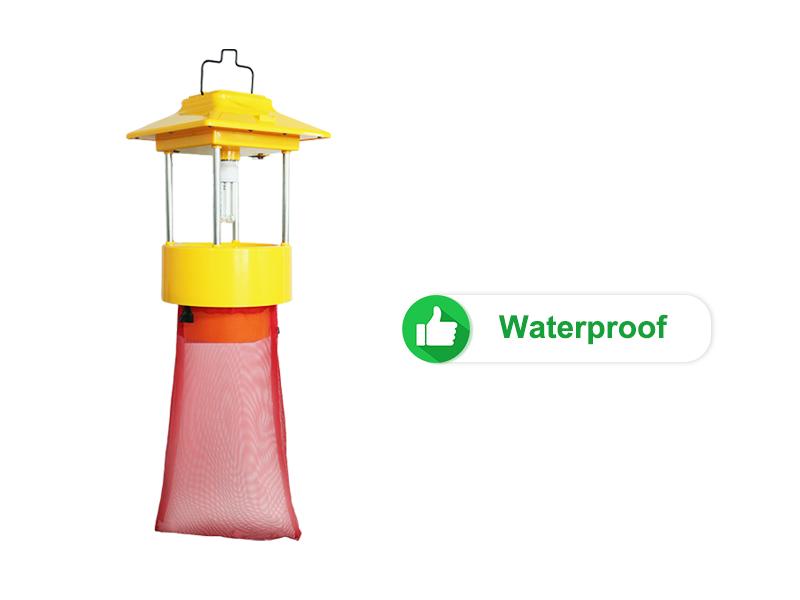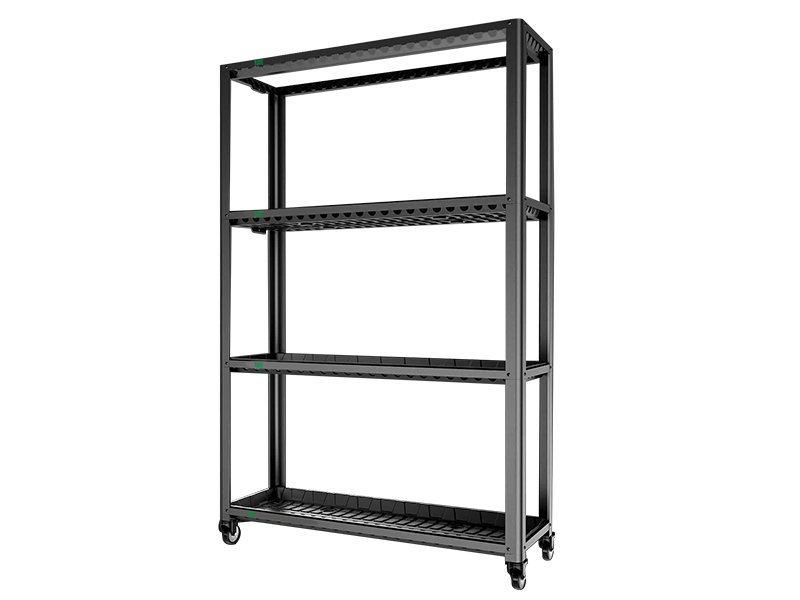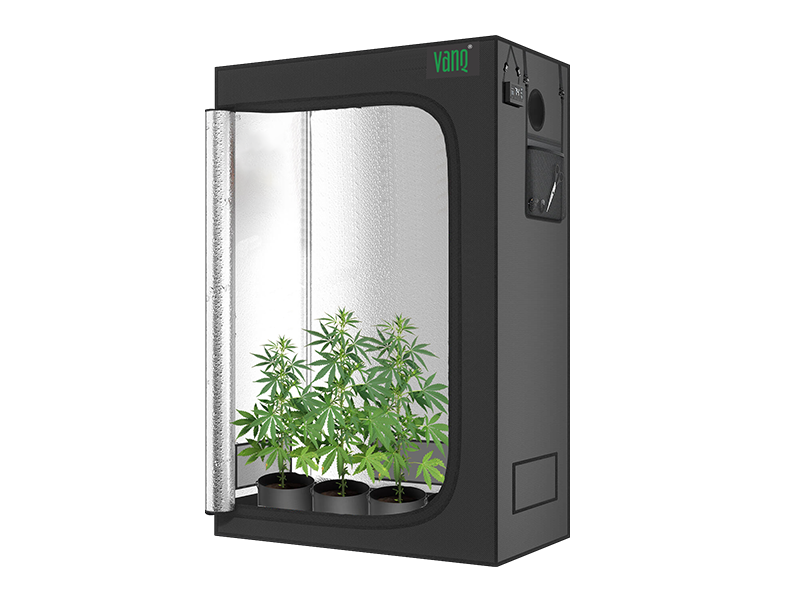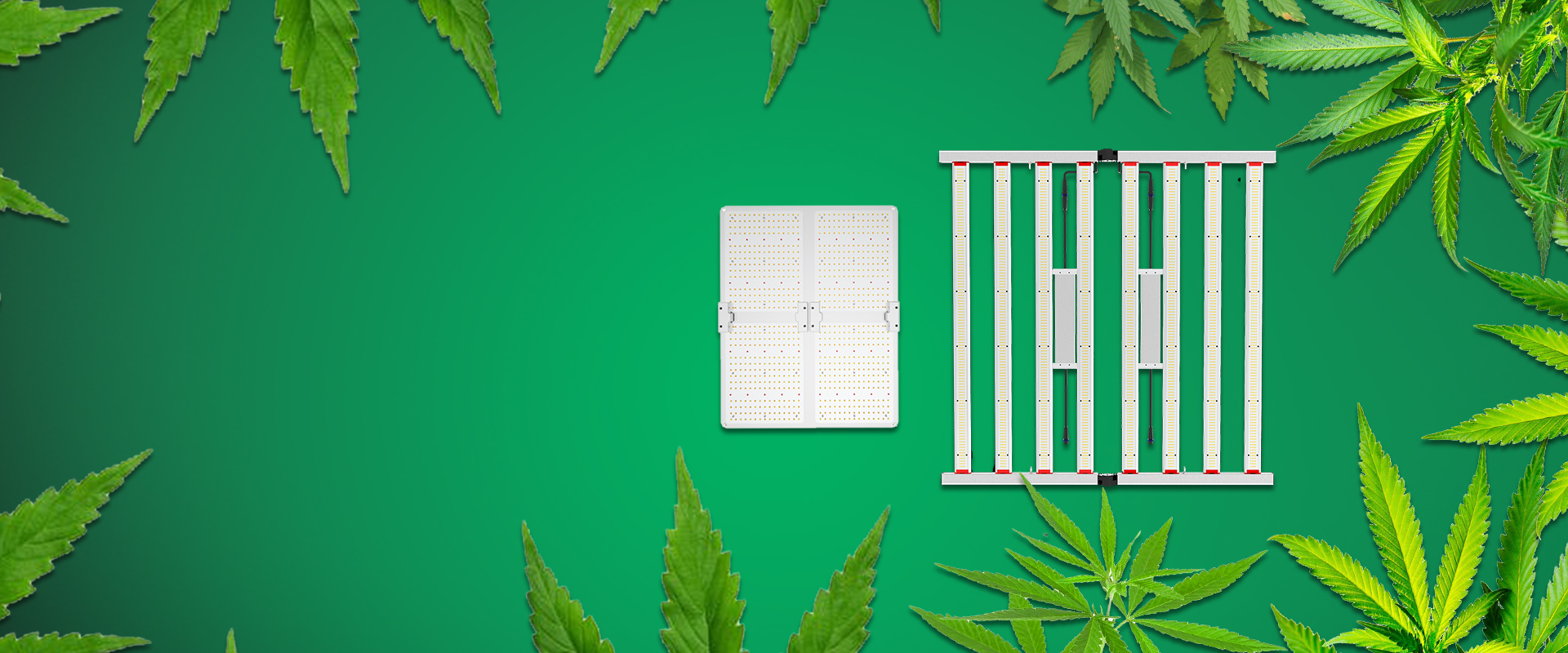How to successfully grow mushrooms? Many novices often fail to pay attention to some details when they first start growing (such as improper environmental control; wrong media selection, etc.), resulting in planting failure.
Next, this article will provide you with detailed guidance from scratch, allowing you to avoid these common pitfalls and successfully grow mushrooms.

1.Choose the right mushroom species
Before planting begins, let’s first understand the situation of each mushroom so that we can choose the mushrooms we like to grow. Here are several common mushroom varieties.
White mushrooms: Common edible mushrooms, suitable for low-temperature environments and easy to grow.
Shiitake mushrooms: good aroma and taste, require high humidity and hardwood substrate.
Oyster mushrooms: Fast-growing, adaptable mushrooms perfect for beginners.
Enoki mushrooms: slender, crisp and tender, suitable for low temperature and high humidity environments.
Coprinus comatus: unique appearance, suitable for low temperature and organic media.
Psilocybe mushrooms: Can induce intense hallucinatory experiences and grow in moist environments.
2. How to grow mushrooms

1) . Prepare growing medium
Different mushroom species require different media. For example, white mushrooms prefer to grow in compost or soil rich in organic matter; shiitake mushrooms prefer to grow in hardwood sawdust or wood blocks; and psilocybin mushrooms like to grow in a moist environment containing humus.
By the way, the media needs to be disinfected before use to avoid contamination.
2) . Inoculate bacteria
Choose high-quality strains: Make sure that the strains you buy must be healthy and pollution-free. If you ignore this, the mushrooms will not grow well and instead attract a lot of mold.
Inoculation operation: Put the growth medium you prepared into a sterilized container, use sterilized tweezers to evenly spread the bacteria on the surface of the medium (note the word "evenly", so that the bacteria and the medium are fully in contact ).
Cover and moisturize: After inoculation, you need to carefully cover the top of the container with a layer of moist gauze, newspaper, or plastic film.
3. Control the growing environment
After inoculating the bacteria, we next have to control the growth environment of the mushroom mycelium:
Temperature: The growth temperature of most mushroom mycelium is between 15-25℃, depending on the species. (For example, white mushrooms like 15-20℃; shiitake mushrooms at 20-25℃; psilocybe mushrooms at 15-25℃)
Humidity: Generally, the humidity of mycelium is around 60-80%. It depends on the species. You can place a thermometer and hygrometer around the growing environment for easy monitoring.
Light: In the early stages, mushrooms have relatively low light requirements. However, when fruiting occurs, they need an appropriate amount of light (2-4 hours a day) to help mushroom development.
4. Mycelial growth stage
When you successfully enter the mycelium growth stage, white mycelium begins to spread in the medium, which means that the strain has successfully reproduced, which usually lasts 2-4 weeks, depending on the type of mushroom and environmental conditions.
But don’t think you can relax just because you see hyphae growing. You need to regularly check the humidity and temperature of your media to make sure they are always in optimal condition.
It could be dangerous if you notice slow growth of mycelium or if you see mold spots of other colors on the media. This may be the result of improper environmental control, and you may have to re-sterilize and adjust growing conditions, otherwise your previous efforts may be in vain.
5. Stimulate mushroom production
Once the mycelium has completely covered the medium, at this point you can stimulate mushroom growth by adjusting the environmental conditions.
1) Temperature control
For many mushroom species, slightly lowering the temperature to 15-18 degrees Celsius can effectively stimulate fruiting. This change simulates the conditions of day and night temperature differences in nature, forcing the mycelium to realize that they need to enter the reproductive stage and begin to form fruiting bodies-the mushrooms we expect.
2) Increase in light
During the mycelial stage, light demand is less, but at the fruiting stage, appropriately increasing light becomes a necessary condition. 2-4 hours of indirect light per day is enough for mushrooms to "glow in the dark." This is to simulate the natural light cycle of sunrise and sunset to help mushrooms develop smoothly.
If you want your mushrooms to grow better and faster, you may wish to consider using a 20W plant growth light like VANQ. This professional lamp supports series connection, waterproof design, can customize the length and spectrum, and is very suitable for large-scale planting.
3) Humidity adjustment
During the fruiting stage, the ambient humidity needs to be maintained between 80% and 90%. You can place a plastic cover around the mushrooms to create a "microclimate" or mist them regularly with water to keep moisture in the air.
6. Harvest mushrooms
The best time to harvest is when the cap of the mushroom is separated from the stipe and has not yet fully expanded. Use a clean knife or scissors to cut the mushroom from the base. Avoid pulling it out directly to avoid damaging the underlying mycelium.
After harvesting, mushrooms should be consumed immediately or stored appropriately. Refrigerating mushrooms in paper bags will preserve their freshness. If long-term storage is required, consider drying or freezing the mushrooms.
Since its establishment in 2009, VANQ has always been customer-centric and committed to providing high-quality LED grow lights for cannabis cultivation, vertical farming, greenhouses and tissue culture.
As an industry-leading manufacturer, we have a state-of-the-art production plant in China and a warehouse in South Africa, ensuring free and fast delivery services within South Africa.



